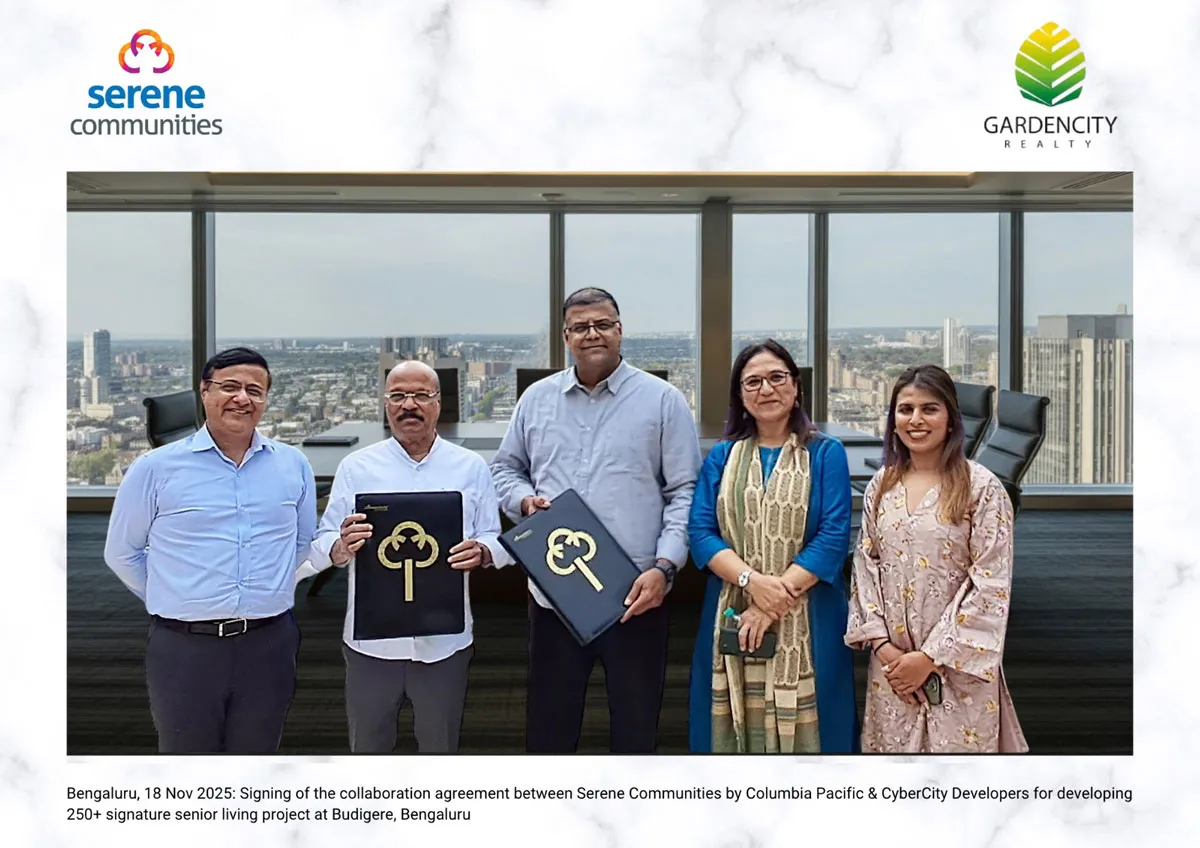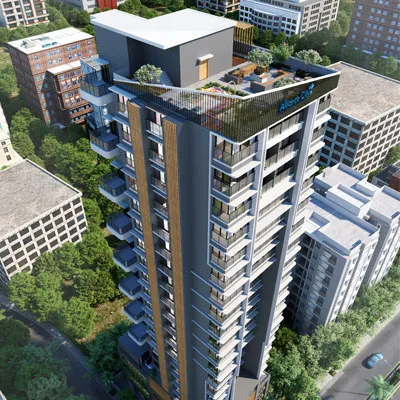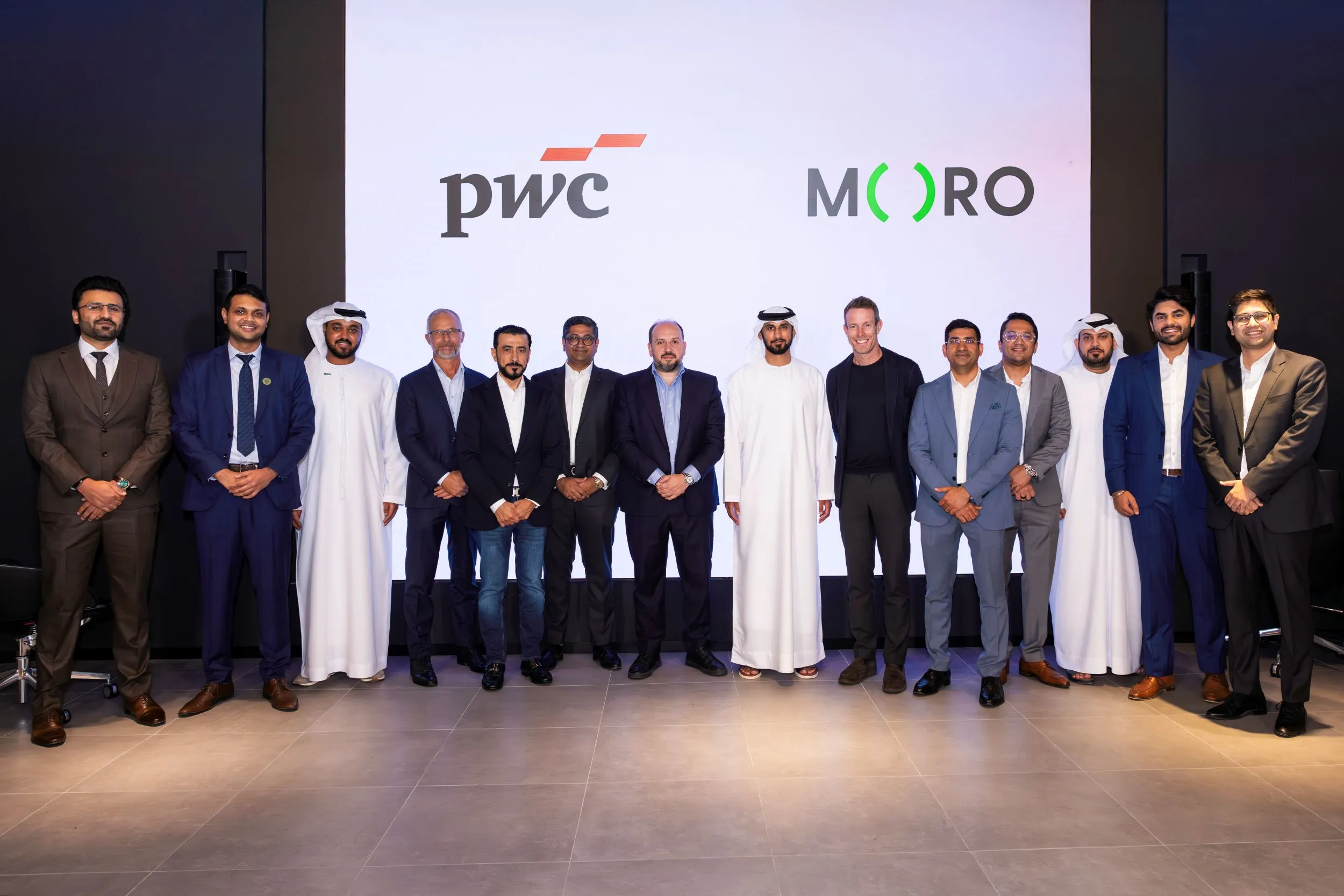Public private partnership (PPP) is a model where a government authority grants concession to a developer to construct, upgrade and/or maintain an infrastructure asset for a defined period. After the end of the concession, the asset is returned to the respective authority.
There are various modes of PPP, such as build-operate-transfer (BOT) toll, BOT annuity and BOT hybrid annuity. The National Highways Authority of India (NHAI) had started PPPs in the roads sector by granting road asset concession on BOT toll and BOT annuity. However, road developers and lenders faced a cash flow mismatch owing to shortfall in toll projections.
To overcome this, a new PPP model was introduced in form of the hybrid annuity model (HAM). Under this, concession is given to a developer for construction and operation of the road for a 15-year period. NHAI has agreed to reimburse 40 per cent of the project cost upfront during construction with the balance 60 per cent paid in the form of annuity over a 15-year period. The annuity amount is computed based on the amortised 60 per cent amount over the 15-year period and interest on the outstanding amount calculated at the bank rate plus 3 per cent. The developer is also paid operation and maintenance (O&M) charges as quoted in the bid over and above the annuity amount computed above.
GST treatment
Under Entry No. 995421, general construction services of highways, streets, roads, railways and airfield runways, bridges and tunnels are taxed. Under Entry 9967, services provided for access to road or a bridge by payment of toll or annuity are taxable and exempt vide Entry 23 & 23 A of exemption notification No. 12/2017 - Central Tax.
Recently, CBIC vide circular No. 150/06/2021 - GST dated June 17, 2021, has clarified that GST is applicable on deferred payment received for construction of road. The relevant extract is as under:
“GST is exempt on service, falling under heading 9967 (service code), by way of access to a road or a bridge on payment of annuity [entry 23A of notification No. 12/2017 - Central Tax]. Heading 9967 covers “supporting services in transport” under which code 996742 covers ‘operation services of national highways, state highways, expressways, roads & streets; bridges and tunnel operation services’. Entry 23 of said notification exempts ‘service by way of access to a road or a bridge on payment of toll’. Together, Entries 23 and 23A exempt access to road or bridge, whether the considerations are in the form of toll or annuity [heading 9967].
Services by way of construction of road fall under heading 9954. This heading inter alia covers general construction services of highways, streets, roads railways, airfield runways, bridges and tunnels. Consideration for construction of road service may be paid partially upfront and partially in deferred annual payments (and may be called annuities). Said Entry 23A does not apply to services falling under heading 9954 (it specifically covers heading 9967 only). Therefore, plain reading of Entry 23A makes it clear that it does not cover construction of road services (falling under heading 9954), even if deferred payment is made by way of instalments (annuities).
Accordingly, as recommended by the GST Council, it is hereby clarified that Entry 23A of notification No. 12/2017-CT(R) does not exempt GST on the annuity (deferred payments) paid for construction of roads.”
The effect on industry
The aforementioned circular has created confusion in industry regarding the applicability of GST on annuity payments. It is a settled position that annuity payments are exempt from GST. The Government’s intention was also to exempt GST on annuity and toll payments as it wanted to promote PPP in the infrastructure sector.
It appears that the intent of the circular was to make a clarification with regard to EPC works where partial payment is made upfront and balance payments are made on a deferred basis. Recently, under many contracts, authorities are inviting bids for EPC where partial payment, mostly 70-80 per cent, is made upfront and balance payment over a period of three to five years. The authority also agrees to pay O&M charges separately during the extended period of three to five years. Under this type of work, an EPC contract is signed between the authority and the contractor.
The difference between HAM and EPC
HAM concession agreements are PPP agreements as defined by NITI Aayog. Under HAM, NHAI grants concession after bidding to a concessionaire. The concessionaire is required to sign a concession agreement wherein the obligations and responsibilities of both parties, NHAI and the concessionaire, are defined. The concessionaire is required to undertake the financial closure of the project, invest money and invest in construction and O&M. NHAI’s payment includes 40 per cent of the bid project cost, annuity payments over a period of 15 years (bid cost and interest) and O&M payment.
However, in case of an EPC agreement, the contractor is required to fulfil its obligation under the EPC contract. The contractor does not form a SPV as required under HAM to sign a concession agreement, invest money, arrange for financial closure, and operate and maintain the asset during the concession period.
The alternate view in the circular
It seems the circular is taking a view that the entire payment under HAM annuity is done towards construction and maintenance and not towards access to the road. It is clarified that concession is given for construction of the road and then annuity payments are done towards access to such a constructed road.
In case of toll assets, the charges are paid directly by the user for access of the road. In case of all annuity assets, NHAI collects toll from the user and makes a payment of fixed annuity to the concessionaire towards access to the road. This was done to reduce uncertainty of toll collection and give comfort to lenders for securing their loan. In the past, many BOT toll projects have turned into non-performing assets (NPAs) owing to a shortfall in toll collections.
The BOT models are designed to attract private-sector investment in the roads sector. Under this model, the developer is rewarded for its investment in the form of annuity. Hence, annuity is being paid towards access to the road, which was constructed by the concessionaire with its own investment. Hence, it can be argued that annuity payments are being made towards access to the road and no GST is applicable on annuity payments.
A reasonable view
Annuity payments are different from EPC payments. The GST law provides for exemption on annuity payment. The same need not be confused with an EPC contract and deferred payment under an EPC contract. In case of EPC contracts, a contractor does not invest its money. In the case of BOT, the developer invests its own money.
There are two entries –23 and 23A –in Notification No. 12/2017-CT (Rate). Both entries are independent and incorporated with a certain objective. They exempt different transactions. The Board Circular referred to above clarifies that these entries exempt roads or bridges where the considerations are in the form of toll or annuity. It is common knowledge that motorists have to pay toll every time they pass through a toll booth. In some toll booths, monthly passes may be provided but there is no concept of annuity for providing access to the road or bridge. The annuity is being paid to the developer for accessing the road by the user, who pays toll to NHAI or the state government. Therefore, it appears that the clarification given by the board requires reconsideration.
Upfront payment of GST undesirable
The GST department has raised demand for payment of GST upfront even though annuity payments are being made over a 15-year period. As discussed in this article, GST is not applicable on annuity payments received. Under the GST law, it is a settled position that in case of continuing services, GST is payable as and when an invoice is raised based on the milestone. Hence, GST demand should not have been raised for upfront payment.
The upfront payment of GST will be a double whammy for developers as they need to pay GST upfront while the NHAI will pay annuity over a 15-year period. This will lead to additional litigation between the developer and NHAI. It will also upset the financial planning of developers, who are already facing multiple issues related to cost escalation, site challenges, etc. The GST challenge will put an additional burden on them and derail economic recovery.
While the Government is promoting ‘ease of doing business’, such actions will reduce India’s ranking in this important aspect.





















